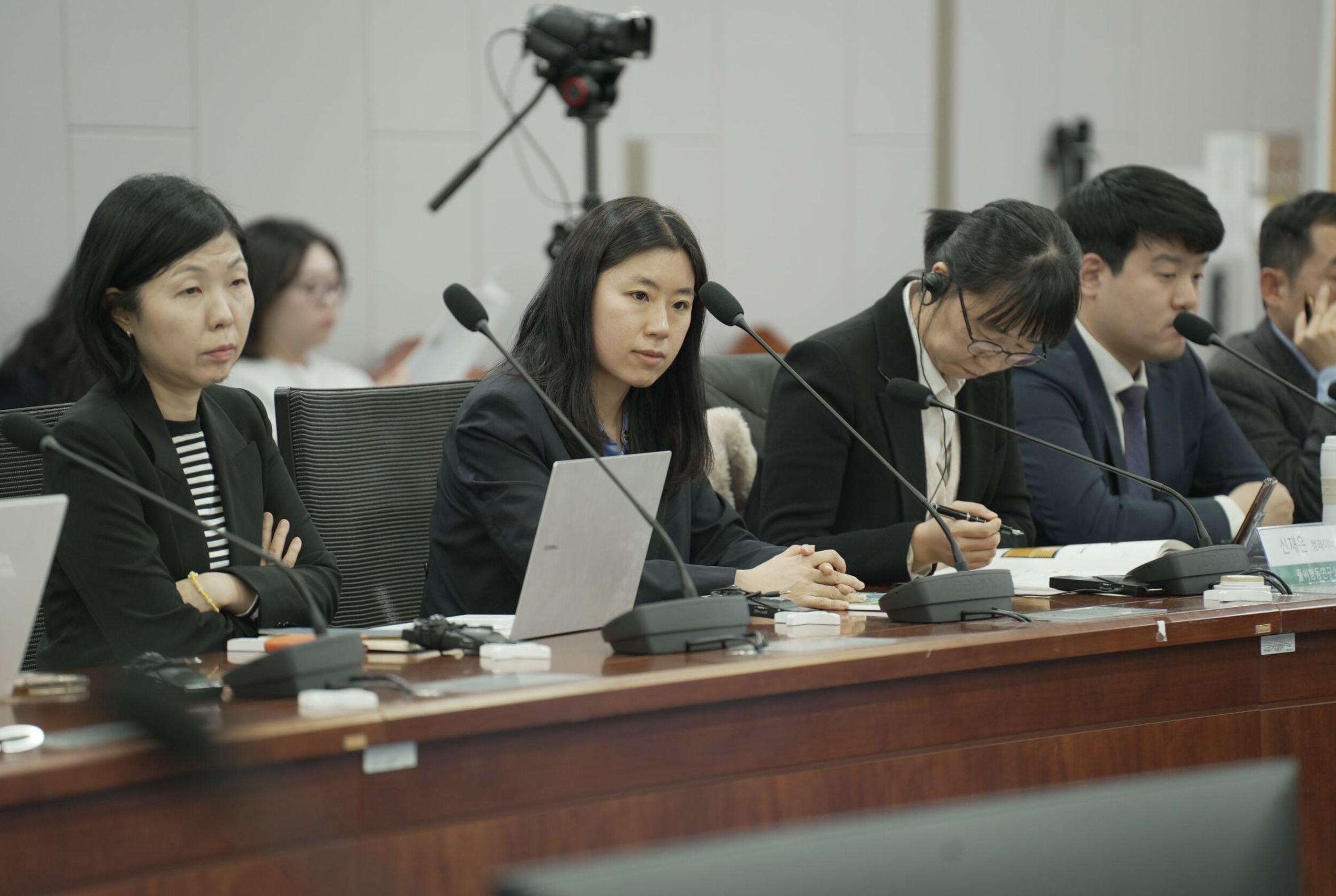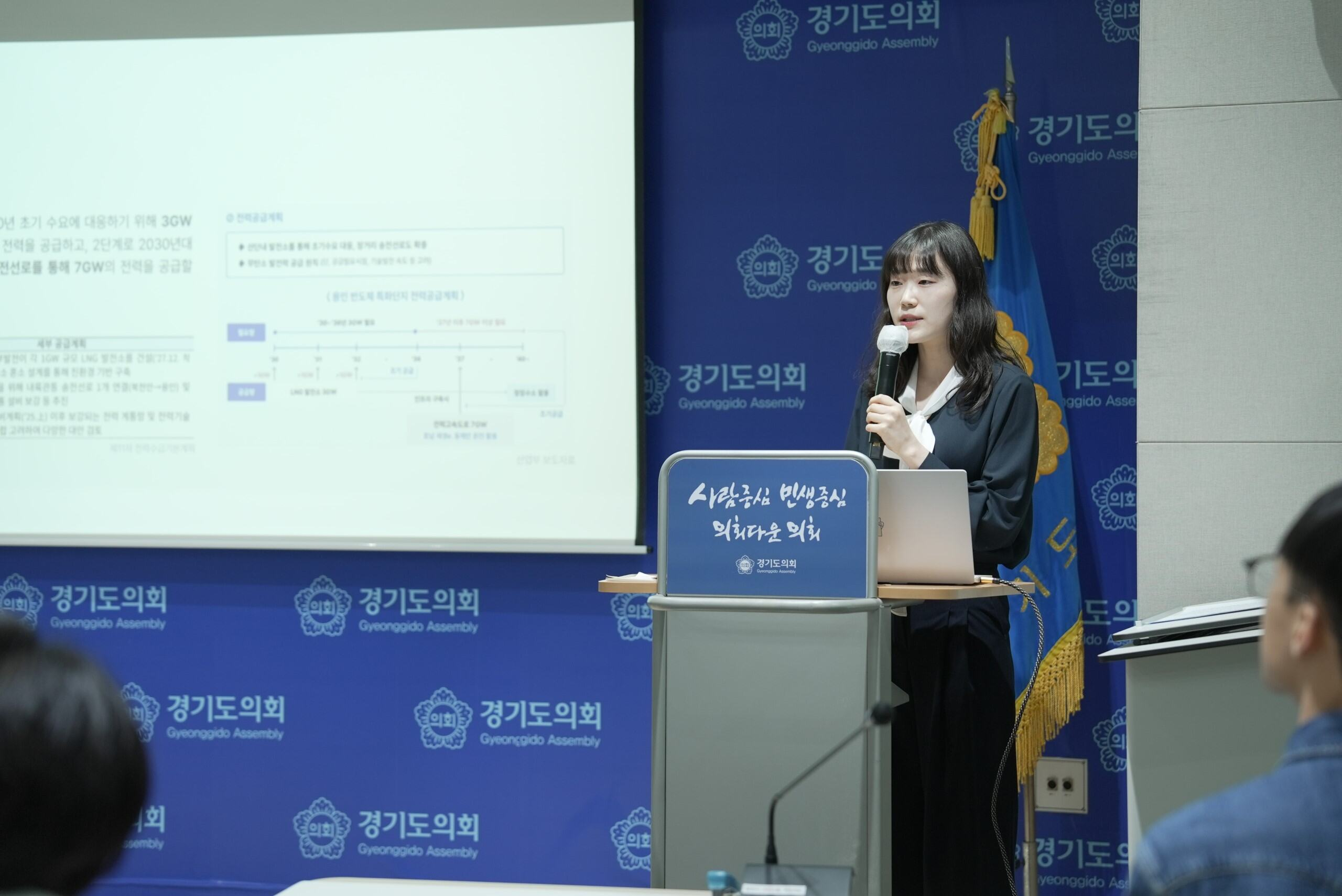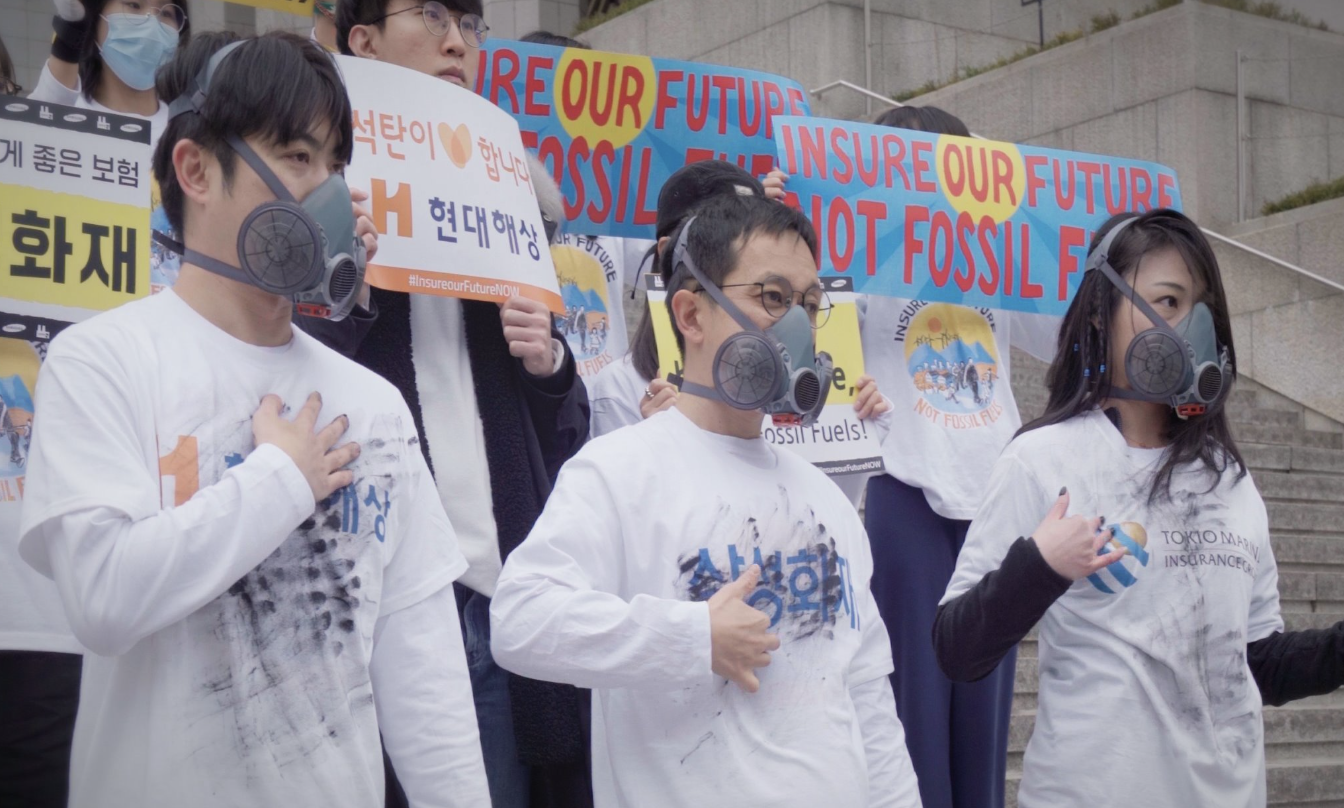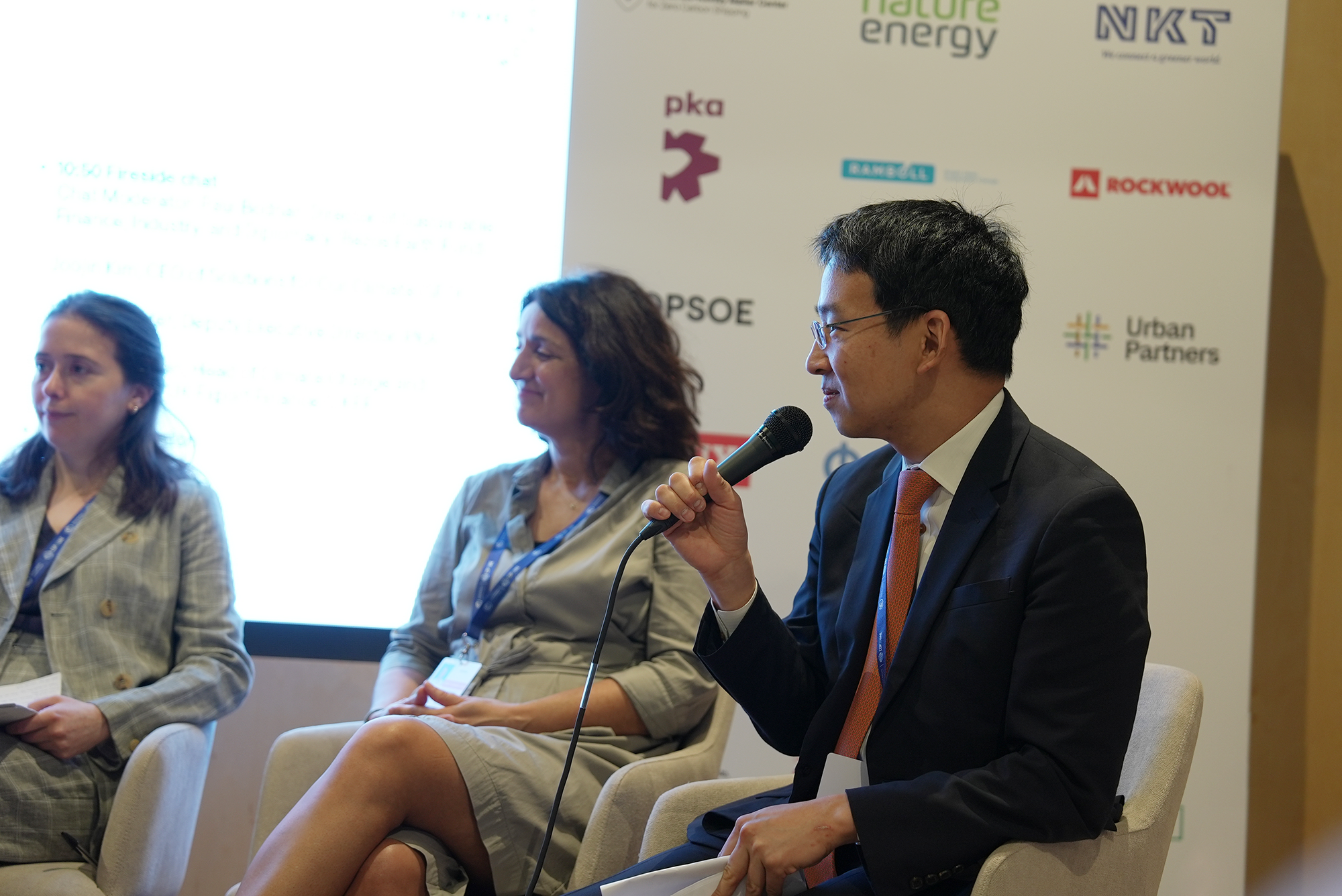
Shipbuilding is a critical part of the global LNG supply chain. Highly specialized tankers allow countries like Japan and South Korea to import gas from places like ‘Cancer Alley’ in Louisiana. They enable one country’s fossil fuel agenda to link up with another.
Beyond fuelling the fossil fuel expansion, LNG carriers release significant amounts of methane, trapping over 80 times more heat than carbon dioxide over a 20-year period and worsening the climate crisis.
So, who’s building these toxic ships? Who’s paying for them?
LNG shipbuilders
There are three key players in the world of building LNG carriers: South Korea, China, and Japan. These major Asian economies build 99% of the world’s LNG carriers – 79% of them in South Korean shipyards.
The three countries have come to dominate shipbuilding due to the history of cheap labor, investments in technology, and importantly, government assistance. This is particularly true for the South Korean government, which according to new findings, has poured a total of $44 billion into the LNG shipbuilding industry over the past decade.
Public financing – in the form of loans or guarantees – has been critical to building shipyards and ships in Korea. In 2022, public financing spiked when Korean shipbuilders won over 120 orders of LNG carriers to help Qatar extract and sell gas to the world.
LNG shipowners
Now we know who’s building the ships. But who’s placing the orders and paying for them? This brings us to shipowners. Shipowners typically own and manage ships (although some do not own the ships).
Around 30 percent of shipowners are energy majors, as expected, such as Chevron and BP. The other 70 percent are independent shipowners, which not only transport LNG but also other things, like your delivery package.
Shipowners are important in this story because they place orders for LNG carriers in anticipation of how much LNG trade there may be.
For example, in 2022, fossil fuel majors capitalized on the Russian invasion of Ukraine to lock countries into new LNG deals. LNG freight rates shot up, which meant it became very profitable for whoever was transporting LNG. This resulted in a 130% increase in LNG carrier orders in 2022 compared to the previous year.
Risky business
What is also important to note is that as of October 15, 2023, 39 percent of LNG carrier orders (124 ships) were speculative. This means that the orders were not tied to any specific LNG projects. Shipowners were basically betting that LNG trade would remain high, despite the accelerating efforts to phase out fossil fuels.
Yet, even under current national energy policies, which are far from sustainable, the capacity of orders for new carriers is expected to exceed the projected LNG demand by over 30 percent in 2030. So, either these LNG carriers will transport fossil fuels and worsen the climate crisis, or shipowners and financiers will be stuck with stranded assets. A lose-lose situation.
New kids on the block
Riding the wave of this decade’s LNG boom came new players: private equity firms. We found that among the world’s 50 largest shipowners, 12 of them are partly owned by private equity firms – JP Morgan and Vanguard to name a few.
JP Morgan’s Oceonix Services and Global Meridian own a total of 29 LNG carriers. Vanguard’s Excelerate Energy owns 11 LNG carriers. In total, JP Morgan and Vanguard have enough shipping capacity to transport LNG to France, a major fossil fuel consumer and the world’s fourth-largest LNG importer, for a whole year.
This is not surprising given that JP Morgan is the world’s biggest fossil fuel financier among banks. It has also recently decided to remove a greenhouse gas emissions target focused on oil and gas. Vanguard is also the world’s largest investor in fossil fuels, and refuses to end investments in new fossil fuel production.
The world’s biggest financiers of fossil fuels also owning the ships that transport these fossil fuels to further profit from fossil fuels? Sounds like polluter math.
What can we do?
The most impactful way to stop the expansion of floating gas pipelines is to stop the money. Currently, most financial institutions, including public financiers of major LNG carrier shipbuilding countries (e.g. Korea, China and Japan), do not have solid oil and gas phase-out policies. But a gaping loophole in existing policies is that they do not exclude financial support for companies that build or own LNG carriers.
A comprehensive oil and gas phase-out policy must exclude financing to all aspects of the supply chain – including the ships that transport it all.
To learn more about the LNG carrier industry, read SFOC’s latest report








